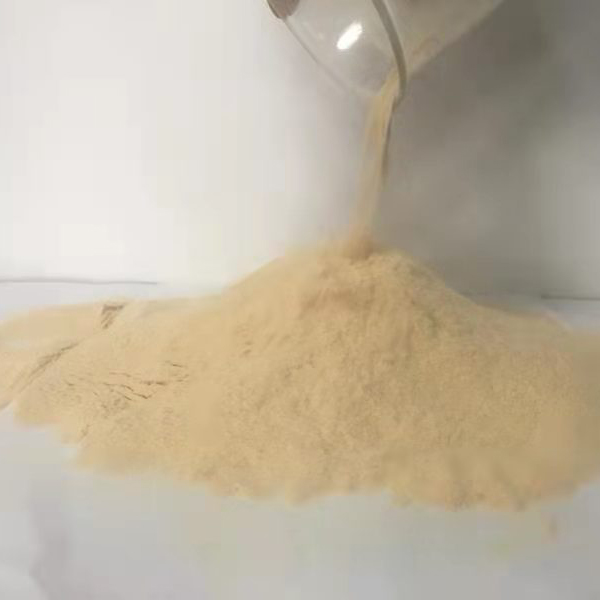
News
Dic . 16, 2024 06:28 Back to list
Comparative Analysis of Chelated Copper Fertilizer Pricing and Market Trends
The Significance of Chelated Copper Fertilizer in Modern Agriculture
In recent years, the agricultural industry has witnessed a significant shift towards the adoption of high-efficiency fertilizers that not only enhance crop yield but also improve soil health. Among these innovative solutions is chelated copper fertilizer, which has gained considerable attention for its unique properties and benefits. As we delve into the concept and importance of chelated copper fertilizers, we will explore what they are, how they work, and their effect on crop production.
Understanding Chelated Copper Fertilizers
Chelated copper fertilizers are nutrient formulations that consist of copper ions bound to chelating agents, which are organic molecules that help stabilize the metal ions in the soil. This form of copper prevents it from reacting with other soil elements, thereby making it more bioavailable for plant uptake. Unlike traditional copper fertilizers, which may lead to deficiencies or toxicities due to their quick release and reaction with soil pH and organic matter, chelated forms ensure a slow and steady release of nutrients.
The chelation process not only enhances the solubility of copper but also protects it from being immobilized in the soil, ensuring that it remains available to plants even under varying soil conditions. The most common chelating agents used include EDTA (ethylenediaminetetraacetic acid), DTPA (diethylenetriaminepentaacetic acid), and EDDHA (ethylenediamine-N,N'-bis[2-hydroxyphenylacetic acid]).
Benefits of Chelated Copper Fertilizers
1. Enhanced Nutrient Availability One of the primary advantages of chelated copper fertilizers is their ability to enhance the availability of copper to plants. Copper is an essential micronutrient that plays a pivotal role in various physiological processes, including photosynthesis, lignin synthesis, and overall plant metabolism. By ensuring a readily available supply of copper, these fertilizers can significantly improve plant health and productivity.
2. Improved Crop Quality Copper deficiency in plants can lead to various physiological disorders, resulting in stunted growth, leaf chlorosis, and reduced yields. By preventing such deficiencies, chelated copper fertilizers contribute to the production of healthier crops with better quality yields, ultimately leading to increased profitability for farmers.
chelated copper fertilizer quotes

3. Soil Health Improvement The use of chelated copper fertilizers can also support sustainable agricultural practices. Healthy soil microbiota is essential for nutrient cycling and plant health. By maintaining optimal levels of copper in the soil, these fertilizers can enhance microbial activity, promoting a more balanced soil ecosystem.
4. Reduced Environmental Impact Because chelated copper fertilizers are more efficient and have a lower risk of leaching and runoff, they contribute to reducing environmental pollution. By minimizing the over-application of nutrients, farmers can help protect nearby water bodies and ensure that the surrounding ecosystem remains intact.
Economic Considerations
While the cost of chelated copper fertilizers may be higher than traditional fertilizers, the long-term benefits can outweigh the initial investment. Farmers who use these fertilizers often report improved crop yields and quality, leading to higher market prices and better returns on investment. Moreover, the reduced need for additional applications due to the sustained release of nutrients can lower labor and input costs.
Application Techniques
To maximize the benefits of chelated copper fertilizers, it is essential to apply them correctly. Farmers are encouraged to conduct soil tests to determine existing nutrient levels and identify deficiencies. Based on the test results, they can tailor their fertilization practices accordingly. Foliar applications can also be effective, especially in cases where immediate correction of deficiencies is needed.
Conclusion
As the agricultural sector continues to evolve, the significance of chelated copper fertilizers becomes increasingly evident. Their ability to provide essential nutrients in a stable and bioavailable form makes them a vital resource for modern farming practices, addressing both the demands of increased productivity and sustainability. For farmers looking to enhance their crop yields and quality while promoting soil health, investing in chelated copper fertilizers may be a wise choice. By embracing these innovative solutions, we can pave the way for a more sustainable and productive agricultural future.
-
Polyaspartic Acid Salts in Agricultural Fertilizers: A Sustainable Solution
NewsJul.21,2025
-
OEM Chelating Agent Preservative Supplier & Manufacturer High-Quality Customized Solutions
NewsJul.08,2025
-
OEM Potassium Chelating Agent Manufacturer - Custom Potassium Oxalate & Citrate Solutions
NewsJul.08,2025
-
OEM Pentasodium DTPA Chelating Agent Supplier & Manufacturer High Purity & Cost-Effective Solutions
NewsJul.08,2025
-
High-Efficiency Chelated Trace Elements Fertilizer Bulk Supplier & Manufacturer Quotes
NewsJul.07,2025
-
High Quality K Formation for a Chelating Agent – Reliable Manufacturer & Supplier
NewsJul.07,2025
